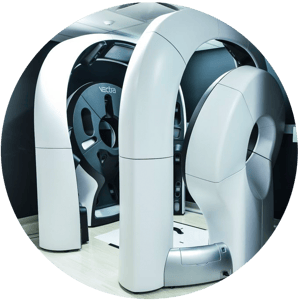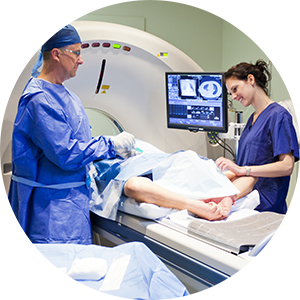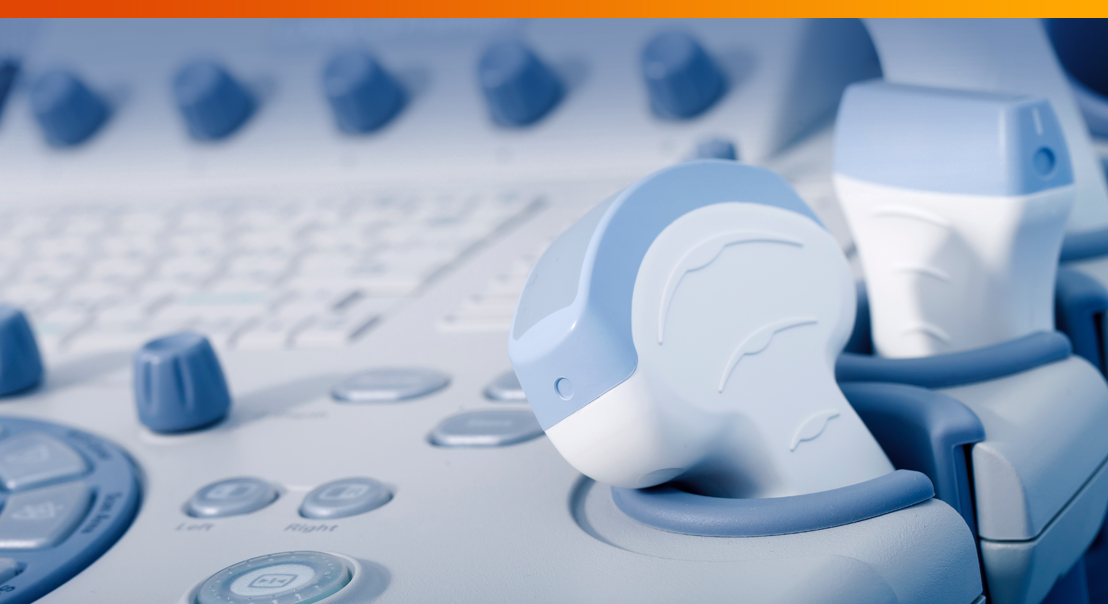Picasso once said that good artists will copy from others but great artists will steal. Picasso never said that. It was T.S. Elliot who wrote, “immature poets imitate, but great poets steal.” Steve Jobs was responsible for the misappropriation of the quote but the value of this concept was evident in the business decisions he made throughout his career.
 Great poets and artists “borrow” ideas and techniques from their peers, but so do today’s product manufacturers and industrial designers. A breakthrough in one sector will filter into other industries almost immediately if there is a sufficient value proposition that could benefit other applications. The rising use of thermoformed plastic medical parts is one of the latest innovations that other sectors are starting to utilize frequently in their manufacturing operations. Here’s why.
Great poets and artists “borrow” ideas and techniques from their peers, but so do today’s product manufacturers and industrial designers. A breakthrough in one sector will filter into other industries almost immediately if there is a sufficient value proposition that could benefit other applications. The rising use of thermoformed plastic medical parts is one of the latest innovations that other sectors are starting to utilize frequently in their manufacturing operations. Here’s why.
The Benefits Thermoforming Technology Brings to Medical Device Applications
 Almost a decade ago, Deloitte published three rules for medical technology companies:
Almost a decade ago, Deloitte published three rules for medical technology companies:
- Better (quality) before cheaper (cost) – Medical devices need to function as designed but also have the appearance of quality if you want to market and sell products in one of the most demanding industries
- Revenue (sales) before cost (manufacturing) – If you can sell more medical devices to a larger group of customers then the manufacturing cost will balance out and you can justify the required investments
- The third rule was “there are no other rules.”
How Thermoforming Redefines the Rules for Medical Device Manufacturing
However, over the last ten years, we’ve seen medical device manufacturers break these rules consistently. We can rewrite the rules to say:
- Quality can also be cost-effective – Thermoforming is cheaper than injection molding at lower volumes, making it the ideal alternative manufacturing technology for any low-volume application
- Product revenues depend on pricing – Even with lower volume manufacturing runs, the cost of production can be detrimental to sales if healthcare devices (or any other product) become prohibitively expensive
Price-sensitive markets like aerospace and consumer electronics benefit directly from the investments into thermoforming manufacturing solutions by the healthcare industry. As thermoforming is a multistage process capable of supporting primary and secondary operations, it gives industrial designers the freedom to produce high-quality parts within tight tolerances and with the same texture, fit, and finish as injection-molded products. Thermoformed parts can also include material properties like electromagnetic shielding or design elements such as heat-sunk inserts.
 This brings us back to that proverb that necessity is the mother of all invention (Plato said “our need will be the real creator”). Medical applications remain at the forefront of manufacturing innovation because so many people depend on healthcare technologies. It’s also a highly specialized field with sophisticated devices that sometimes have very low-volume production requirements.
This brings us back to that proverb that necessity is the mother of all invention (Plato said “our need will be the real creator”). Medical applications remain at the forefront of manufacturing innovation because so many people depend on healthcare technologies. It’s also a highly specialized field with sophisticated devices that sometimes have very low-volume production requirements.
Thermoforming Solutions from Kenson Plastics
Consumers expect softer sides and smoother finishes when it comes to the products they interact with every day, whether it is self-service kiosks, blood analyzers, or bus interiors. Thermoforming solutions from Kenson Plastics allow designers to achieve the same quality fit and finish within tight tolerances using the latest pressure and vacuum forming techniques with precise CNC machining.




 Great poets and artists “borrow” ideas and techniques from their peers, but so do today’s product manufacturers and industrial designers. A breakthrough in one sector will filter into other industries almost immediately if there is a sufficient value proposition that could benefit other applications. The
Great poets and artists “borrow” ideas and techniques from their peers, but so do today’s product manufacturers and industrial designers. A breakthrough in one sector will filter into other industries almost immediately if there is a sufficient value proposition that could benefit other applications. The Almost a decade ago, Deloitte published three rules for medical technology companies:
Almost a decade ago, Deloitte published three rules for medical technology companies: This brings us back to that proverb that necessity is the mother of all invention (Plato said “our need will be the real creator”). Medical applications remain at the forefront of manufacturing innovation because so many people depend on healthcare technologies. It’s also a highly specialized field with sophisticated devices that sometimes have very low-volume production requirements.
This brings us back to that proverb that necessity is the mother of all invention (Plato said “our need will be the real creator”). Medical applications remain at the forefront of manufacturing innovation because so many people depend on healthcare technologies. It’s also a highly specialized field with sophisticated devices that sometimes have very low-volume production requirements.